There was so much valuable information from the 7 experts during the Inclusive Class‘s Roundtable “When Schools Say ‘N0’ to Inclusion” . During the roundtable each panelist cover a specific area about inclusion.
Paula Kluth‘s contribution to the show was amazing. Dr. Kluth is an author, independent consultant, an advocate, and former special education teacher . Her website, paulakluth.com is an outstanding resource for inclusive education, differentiated instruction and literacy. There is a great deal of extremely beneficial material.
When listening to Paula speak or reading her articles or books about strategies for inclusion and differentiated instruction, I always come away with, yes, of course, that seems so obvious and logical, why isn’t that done everywhere? The great thing about that type of response to her strategies is that makes you realize that inclusion can be done everywhere.
Paula Kluth offered strategies for teachers who might be reluctant or don’t know where to begin with inclusion.
1.Use the research.
One of the first thing she mentioned was the importance of the research that demonstrates the extraordinary benefits of inclusion to all students. One strategy would be to bring the research to the administrators, teachers, and schoolboards and look at it together. Kluth mentioned Julie Caustin-Theoharis and George Theoharis and the work they are doing with School of Promise and inclusion as school reform. Inclusion as a strategy to improve the performance of all kids.
So many school struggle with progress for general education students, and here is data that demonstrates that not only students with disabilities benefit when educated with their same age peers, but so do students without disabilities. Seems like a slam dunk to me. Want everyone to do better? Differentiate instruction, include all learners.
2. Do an assessment, look at every element where your school can be inclusive and do it.
A second strategy Paula mentioned is to start a conversation, ask why questions? Look at the school structure and make sure inclusion is happening at all places. Are kids with disabilities all eating at one lunch table? Or kids with disabilities going in one entrance and those without another? Are there kids with disabilities working in the school store? Do an assessment and look at every element where you can be inclusive and do it.
3. Ask parents about other places their child is included and what supports are provided.
Another strategy for teachers if they feel positive about inclusion, but feel lost in the best way to implement it, is to ask parents about other areas where their child is included ( like swim team, the Y, church, synagogue). Ask specifically how they are supported there, and use that information to provide supports at school. Paula also mentioned getting a tour of an inclusive school, using skype for virtual tours, and following websites of inclusive schools. Many schools that are committed to inclusion would be willing to help and support your school as it helps them too.
4. The Nike “Just Do It” strategy.
One bit of advice I especially liked was Paula’s , Nike “Just Do It” strategy. Plan, but don’t get so hung up on the planning when the problem can be solved immediately.
Teachers can practice co-teaching models on the fly, you don’t have to wait for your district to go to co-teaching. Start having conversations figure out small steps that can make your school different today than it was yesterday.
Her website, paulakluth.com has a great deal of extremely beneficial material on differentiating instruction, inclusive education, literacy, and autism . Information you can use today, go check it out. If you are like me, you will end up reading everyone and sending to your friends. As a parent, you may intuitively incorporate some of the supports for your kids at home, but have no idea that you are doing them because they are simply second nature, or you simply find may find it hard to describe what supports you are using to your child’s teacher. Now you can send them one of the articles in the reading section that you think would be helpful or send one of her books.
The Strengths and Strategies Profile is amazing. No IEP should be without one :)
I also really like this interview with Paula’s co-author, Dr. Patrick Schwarz, about Pedro and Just Give Him the Whale . It is just one of the many wonderful posts on her site. If you haven’t read “Just Give Him the Whale”, “You’re Going to Love This Kid”, “A Land We Can Share”, to name just a few, you are in for a real treat. Beautifully written, logical, and respectful . You can check out the books and products on her site here.

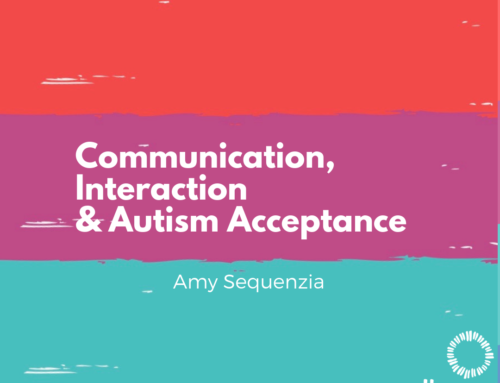
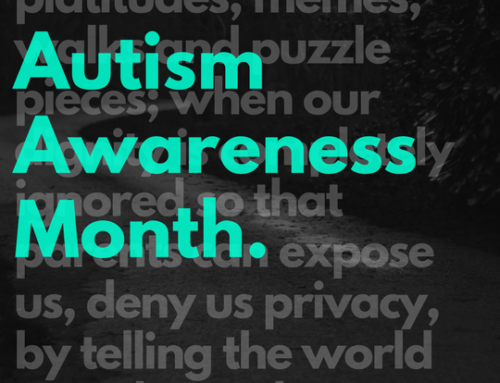

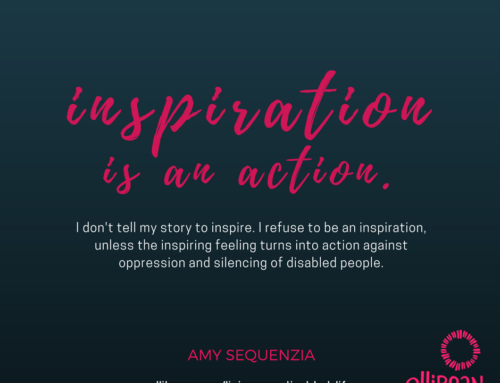
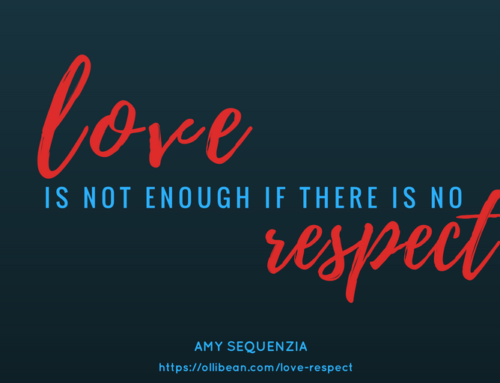
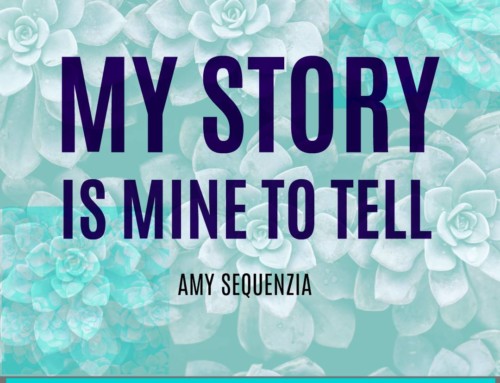
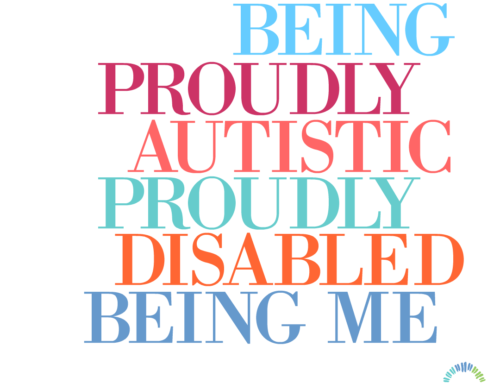
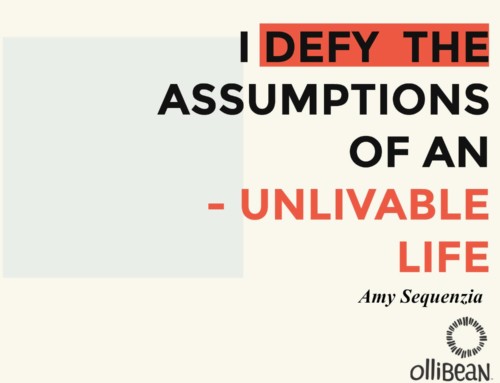
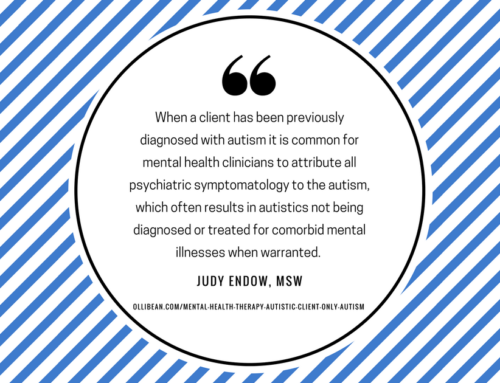


Leave A Comment